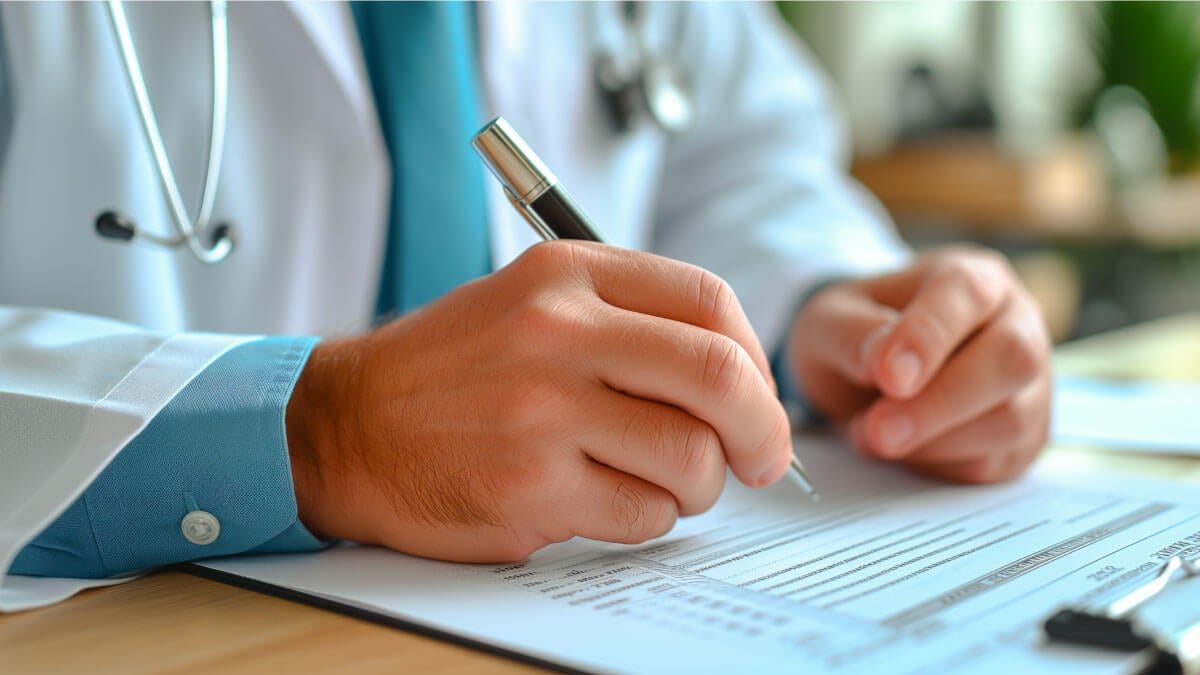Deviation
In the life sciences, a deviation can arise at any point during a product’s lifecycle - from the testing phase to manufacturing to final product acceptance to post-market surveillance. For example, a deviation can be triggered by a customer complaint when a company’s standards don’t meet certain certification requirements.
For continuous improvement and GMP compliance, any deviation from set procedures must be documented. FDA CFR 211.192 / 21 CFR Part 11 obligates a detailed investigation into any deviation, including documentation of conclusions and follow-up actions. Incidents that may affect quality or reliability of records or tests should also be investigated and resolved.
A good eQMS usually has a system inbuilt to detect and record deviations. Deviations can be prevented through frequent data reviews and controls; an upward trending data set that’s heading for the defined deviation threshold can indicate a future deviation, and can be stopped through the appropriate CAPAs.
Related links:
Additional resources

How to Implement the Continuous Improvement Cycle | Scilife
Even an organization with stellar leadership and a solid core of employees experiences hiccups from time to time. Despite having assembled all the ...

How to assess and enhance your Quality Management Maturity | Scilife
As the life sciences industry becomes increasingly regulated and competitive, quality management has become more vital than ever. Are you confident ...

Best Quality Management Software (QMS) for Life Sciences | Scilife
The right electronic Quality Management System (eQMS) can help strengthen your compliance processes and build a culture of quality within your ...

How to write a good quality plan for medical devices | Scilife
In life sciences, especially if you’re in the medical device industry it becomes harder to manage projects in accordance with your company’s quality ...
Turn quality into your brightest asset with Scilife
